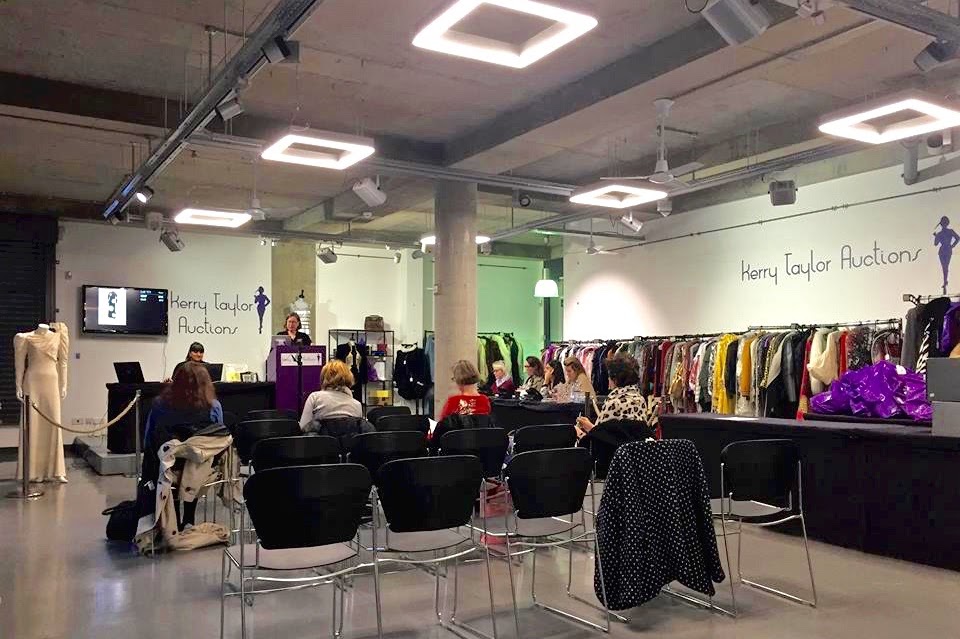23 August 2010
Beatrice Behlen, senior curator at the Museum of London, talks about early twentieth century revues and in particular one of their most famous performers -- Gertie Millar. Photographed here in costume for the 1915 Bric-à-Brac production, she stands (or reclines) in a variety of playful poses along with what is most likely her own dog. Bric-à-Brac was an extremely successful revue that opened at the Palace Theatre in London on 18th September 1915. Ms Millar's voice can be heard today through early gramophone recordings. Have a listen to the revue's most famous song, "Toy Town", here and have a look through the article to see more amusing images of Gertie in her stripped playsuit.
Click here or paste in this link.
http://blog.museumoflondon.org.uk/bric-a-brac
Above and below: Gertie Miller in costume for the musical comedy revue, Bric-à-Brac, 1915.
http://blog.museumoflondon.org.uk/bric-a-brac
23 September 2016 - 7 January 2017
Mentioned in an article linked in an earlier Books, Article, Memos post, this (unfortunately passed) exhibition looks at the lavish wardrobe of Countess Greffulhe -- the inspiration for the female protagonist in Marcel Proust's In Search of Lost Time. A patron of the arts and a setter of new trends in both fashion and forms of entertainment, the Countess was very much aware of her authoritative power. Through dress and photography she consciously influenced her public image in order to maintain her desirable persona. The text is an introduction and includes images of garments on display, a link to the official exhibition photographs as well as a video narrated by Valerie Steele -- do take a look.
Click here or paste in this link.
https://www.fitnyc.edu/museum/exhibitions/prousts-muse.php
Paul Nadar, Countess Greffulhe wearing the "Lily Dress" by Worth, 1896.
https://www.fitnyc.edu/museum/exhibitions/prousts-muse.php
The exhibition Proust's Muse, The Countess Greffulhe, The Museum at The Fashion Institute of Technology, New York.
https://www.flickr.com/photos/museumatfit/sets/72157674109185935
21 March 2018
Interested in horse riding apparel? Take a look at this 1920s ensemble, previously owned by wealthy socialite Gertrude Remey, now held in Cornell's Costume and Textile Collection. Why did her breeches feature lacing and buttons on the lower part of the leg and what hidden, practical use does the stock tie have? This short article addresses all this!
Click here or paste in this link.
http://blogs.cornell.edu/cornellcostume/2018/03/21/riding-apparel-then-and-now
3 October 2017
Susan Holloway Scott writes historical novels and is one of those unique authors who pay close attention to the clothing their characters wear. In this interview she reveals how she first got interested in fashion history, which books she recommends and why she believes fashion should also be considered a form of art.
Click here or paste in this link.
https://theartofdress.org/2017/10/03/fashion-history-talks-in-conversation-with-historical-novelist-susan-holloway-scott
16 January 2018
Unfortunately only for those who speak polish, this short introductory text talks about an exhibition at the Cinematography Museum in Łódź dedicated to the artistic achievements of production designer, Ewa Braun (no connection to the wife of Adolf Hitler), an immensely talented lady, who worked with some of the best film directors. She is probably best known for her Academy Award winning set designs in the 1993 film Schindler's List. It's such a shame that she was not given a second to express her gratitude for this undoubtedly monumental achievement.
Click here or paste in this link.
http://old.kinomuzeum.pl/ewa-braun-odtwarzanie-minionych-swiatow/
Allan Starski and Ewa Braun win the Academy Award for Best Art Direction (Starski) and Best Set Decoration (Braun) for Spielberg's Schindler's List, 1994.







Post a Comment